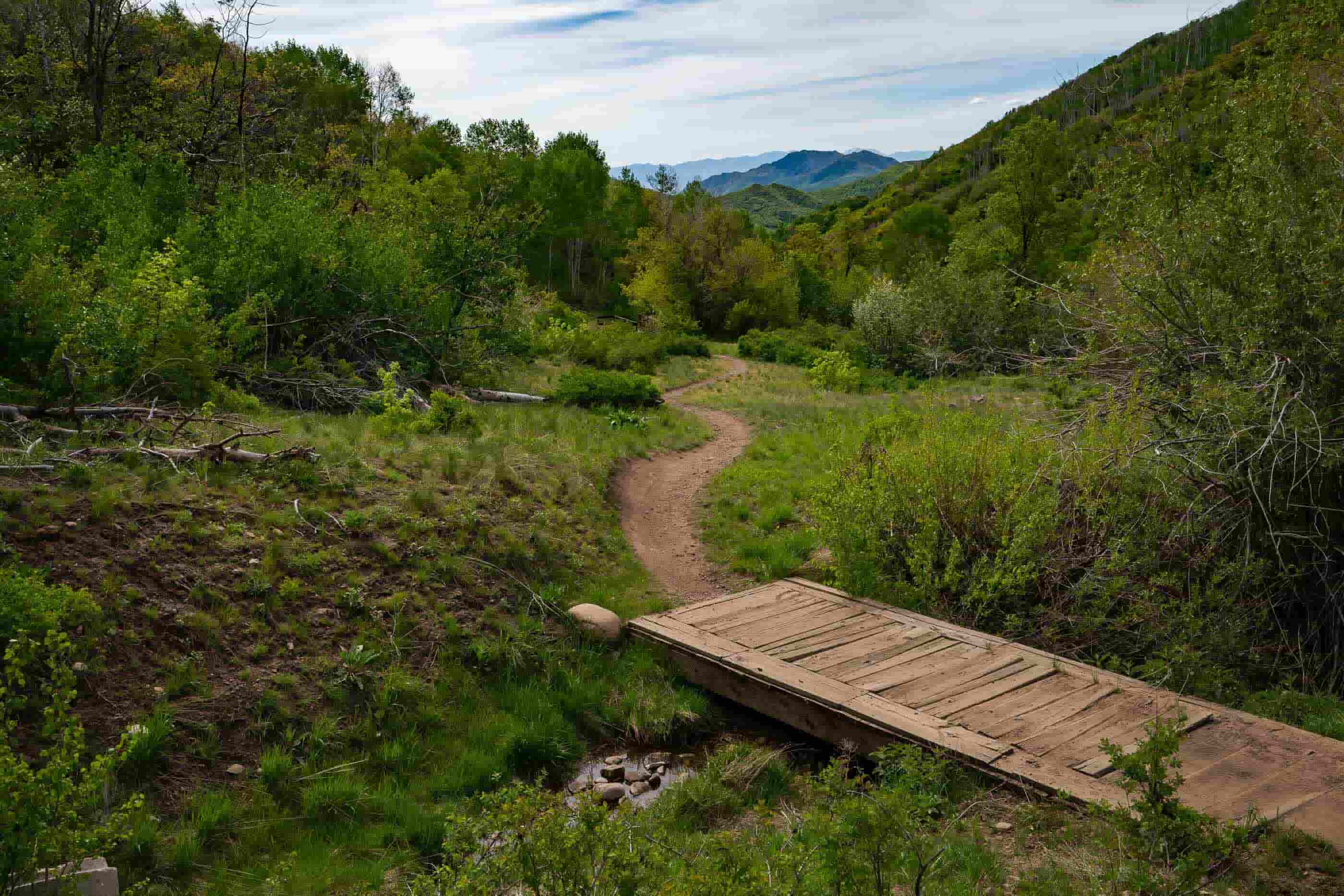Hidden Stories Of Utah’s Pioneer Trails

Have you ever wondered about the hidden stories of Utah's pioneer trails? These paths, carved by brave settlers, hold tales of adventure, hardship, and hope. Imagine walking where pioneers once trekked, feeling the same rugged terrain underfoot. From the Mormon Trail to the California Trail, each route has its own unique history. Along these trails, you'll find remnants of old campsites, wagon ruts, and even ghost towns. Exploring these paths offers a glimpse into the past, showing how determination shaped the American West. Ready to step back in time and uncover the secrets of Utah's pioneer trails? Let's get started!
Hidden Stories of Utah's Pioneer Trails
Utah's pioneer trails are more than just paths through the wilderness. They hold tales of courage, hardship, and discovery. Each trail has its own unique story, waiting to be uncovered. Let's journey through some of the most fascinating trails and the hidden stories they tell.
The Mormon Pioneer Trail
The Mormon Pioneer Trail is a testament to the resilience and faith of the early settlers. This trail stretches from Nauvoo, Illinois, to Salt Lake City, Utah, covering over 1,300 miles.
Winter Quarters: Located in present-day Omaha, Nebraska, Winter Quarters was a temporary settlement for the Mormon pioneers. Here, they faced harsh winters and many hardships, but their determination never wavered.
Chimney Rock: This iconic landmark served as a guidepost for the pioneers. It stands as a symbol of hope and perseverance, marking the halfway point of their journey.
Fort Bridger: Established by Jim Bridger, this fort provided a crucial rest stop for the weary travelers. It offered supplies and a brief respite before the final push to the Salt Lake Valley.
The California Trail
The California Trail was a major route for those seeking fortune during the Gold Rush. It spans over 2,000 miles from Missouri to California, passing through Utah along the way.
City of Rocks: This natural wonder in Idaho was a popular campsite for pioneers. The unique rock formations provided shelter and a sense of awe for those passing through.
Hastings Cutoff: A shortcut that promised to save time but ended in disaster for many, including the infamous Donner Party. This route through Utah's Great Salt Lake Desert proved treacherous and deadly.
Emigrant Pass: Located in Nevada, this pass was one of the final hurdles before reaching California. The steep climb tested the endurance of both people and animals.
The Oregon Trail
The Oregon Trail was the pathway to the Pacific Northwest, used by thousands of settlers seeking new opportunities. This trail also intersects with parts of Utah.
Fort Laramie: A key trading post in Wyoming, Fort Laramie was a place for pioneers to restock supplies and gather information about the journey ahead.
South Pass: This wide, gentle pass through the Rocky Mountains was a crucial crossing point. It allowed wagons to pass through the mountains with relative ease.
Echo Canyon: In Utah, Echo Canyon was a natural corridor that funneled pioneers towards their destinations. Its steep walls and narrow passage made it a memorable part of the journey.
The Pony Express Trail
The Pony Express Trail was a short-lived but legendary mail service route. It spanned from Missouri to California, with a significant portion running through Utah.
Simpson Springs: This station in Utah's west desert was a vital stop for Pony Express riders. It provided fresh horses and a brief rest before continuing the grueling ride.
Fish Springs: Another key station, Fish Springs offered water and supplies in the middle of the desert. It was a lifeline for riders and their horses.
Salt Lake House: Located in Salt Lake City, this station was a major hub for the Pony Express. It connected the eastern and western segments of the route, ensuring the swift delivery of mail.
The Old Spanish Trail
The Old Spanish Trail was a trade route connecting Santa Fe, New Mexico, to Los Angeles, California. It passed through Utah, facilitating commerce and cultural exchange.
Green River Crossing: This crossing in Utah was a critical point for traders. The river's swift currents made it a challenging but necessary part of the journey.
Fishlake National Forest: This forest provided a lush, green respite for travelers. Its abundant resources made it a popular stopping point.
Parowan Gap: Known for its petroglyphs, Parowan Gap was a significant cultural site. It offered a glimpse into the lives of the Native American tribes who lived in the area.
The Legacy of Utah's Pioneer Trails
Utah's pioneer trails hold rich stories of bravery, resilience, and hope. These paths, carved by early settlers, offer a glimpse into the past. Walking these trails, you can almost hear the echoes of wagons and the whispers of those who journeyed westward. Each trail tells a unique story, from the hardships faced to the triumphs celebrated. Exploring these routes not only connects you to history but also to the spirit of adventure that defined the pioneers. Whether you're a history buff or just love the outdoors, Utah's trails provide an unforgettable experience. So next time you're in Utah, take a moment to walk these historic paths. You'll gain a deeper appreciation for the pioneers' legacy and the land they helped shape.

